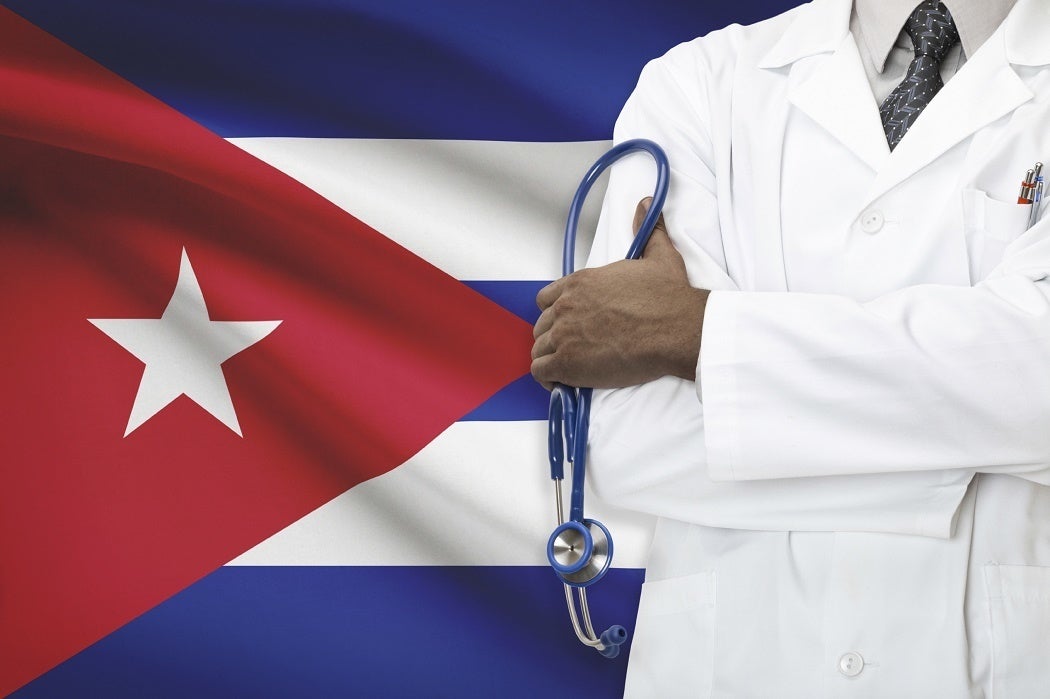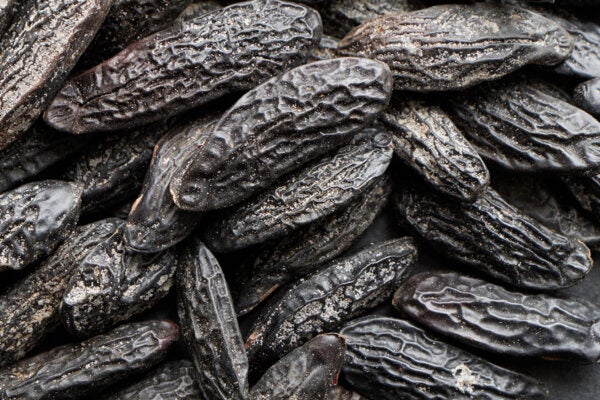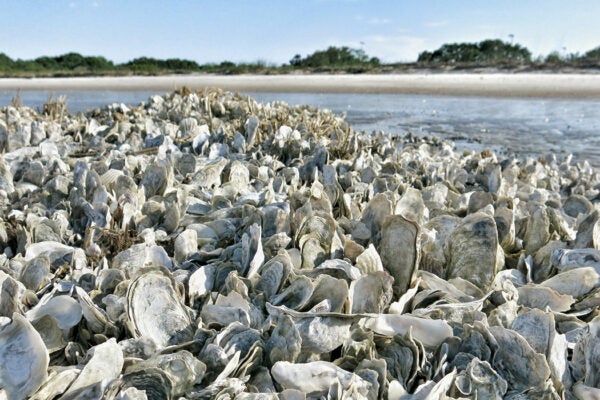One of the benefits of the warming relations between the U.S. and Cuba is that American researchers will get access to Cuban medical innovations, including an experimental lung cancer vaccine. It might seem a bit counterintuitive to think of research breakthroughs coming from a poor, economically isolated country that is unwelcoming to international pharmaceutical companies, but developing medical systems has been a hallmark of Cuba since the nation’s communist revolution. In a 2007 paper for Latin American Perspectives, Robert Huish and John M. Kirk trace the history.
During the revolution in the late 1950s, half of Cuba’s 6,000 doctors fled the country. Still, Fidel Castro’s fledgling regime freed up medical personnel to send to Algeria. The medical brigade was part of the new country’s internationalist policy, a way to support a fellow former colony that had just freed itself from French control. In the 1960s and ’70s, Cuban doctors also worked in Guinea-Bissau and Angola, supporting forces engaged in their own anti-colonial battles.
Cuban medical teams also served in humanitarian missions to countries that were hostile to the nation’s communist regime. Between 1960 and 2000, they helped victims of natural disasters in politically unfriendly countries including Chile, Nicaragua, Iran, and El Salvador. Cuban doctors also work on an ongoing basis in field hospitals and medical training facilities in poor nations.
Overall, Huish and Kirk write, “Cuba provides more medical personnel to the developing world than all the G-8 countries combined.”
Another major part of Cuba’s international medical work is doctor training. It opened nine medical schools in foreign countries between 1976 and 2004 and also trains foreign students within its borders. In 1998, the country opened the Latin American School of Medicine, or ELAM, which accepts 1,400 to 1,700 students a year.
Developing medical knowledge has been a savvy move for Cuba. The communist regime has always focused on the development of human resources as a way to survive and thrive in the face of hostility from abroad. Exporting doctors and working on public health projects has helped the country build friendly relationships with a number of other less-developed nations.
At the same time, Cuba has charted a strategy for providing health care that represents an alternative to systems driven by a market ideology. Because ELAM graduates have no college debt and are typically prepared and willing to work wherever they’re needed, they can provide care in rural areas that fee-based medical institutions typically don’t serve very well.
As Cuba and the U.S. mend fences, there are a lot of questions about how the island nation will benefit from expanded commerce with international markets. An equally interesting question may be what other countries can learn from Cuba’s successes in the medical world.







